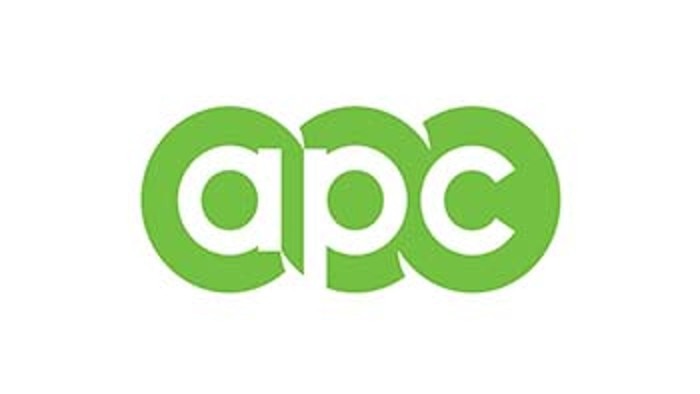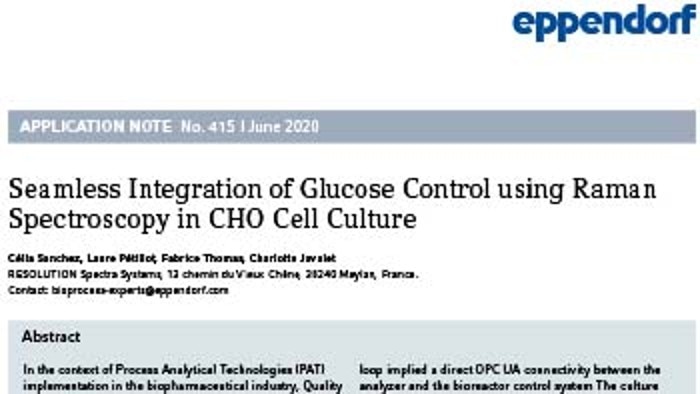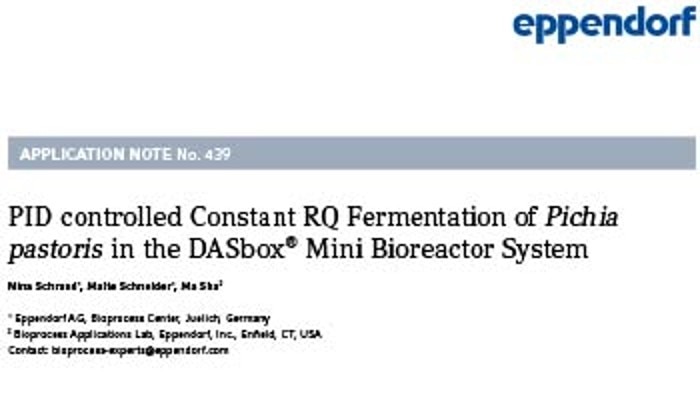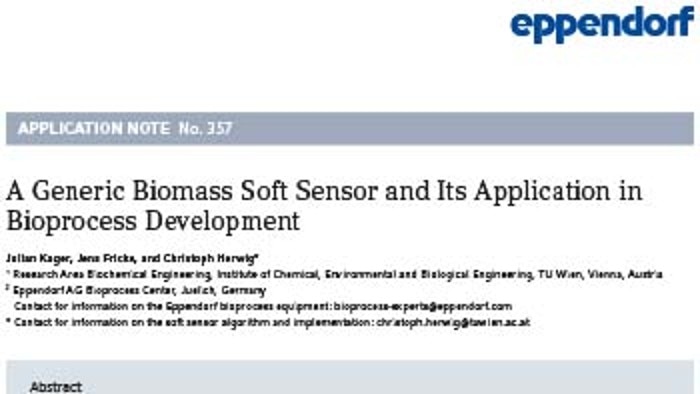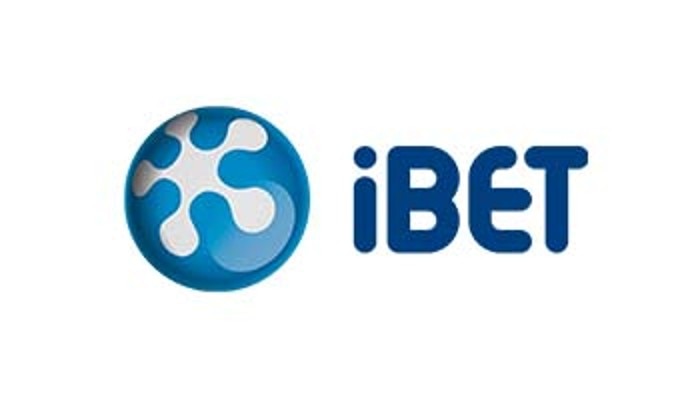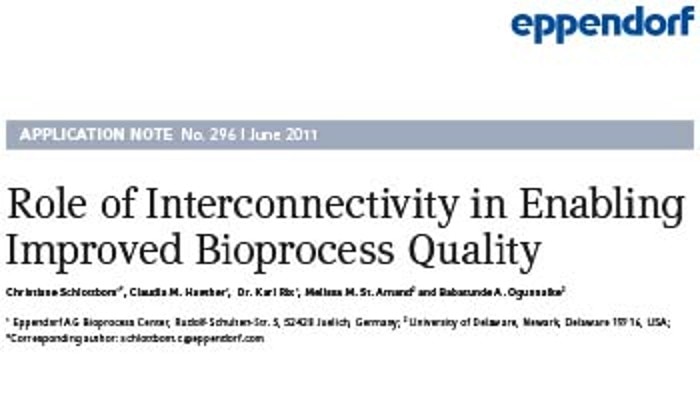MENU
AU | AUD
AU | AUD
-
- Benchtop Centrifuges
- Floor-Standing Centrifuges
- Refrigerated Centrifuges
- Microcentrifuges
- Multipurpose Centrifuges
- High-Speed Centrifuges
- Ultracentrifuges
- Concentrator
- High-Speed and Ultracentrifugation Consumables
- Accessories
- Tubes
- Plates
- Device Management Software
- Sample and Information Management
No results found
Search Suggestions
Process Analytical Technology
What is PAT? And how does it enhance upstream bioprocessing?
Process Analytical Technology - PAT - is used for bioprocess monitoring and control . The process data obtained from PAT can be used to identify the parameters critical for bioreactor performance, determine the optimal range for each parameter, and control process parameters in real time. Using PAT helps with the goal of Quality by Design (QbD), whereby the process itself is designed to ensure the desired product quality. Instead of just testing product quality at the end of the process, parameters are controlled in real time to improve the productivity and quality of the bioprocess and its product. PAT helps us gain a better understanding of the process and as a result improve process performance. In addition, control systems integrated with PAT allow for less repeated sampling, less chance of contamination, and reduced manual labor.
Read more
Read less
Which parameters can PAT be used to monitor?
PAT is routinely used to monitor critical process parameters (CPPs) including pH, dissolved oxygen (DO) and temperature. However, PAT can also be used to assess parameters such as nutrients, biomass, cell viability, the metabolic state of the culture, as well as product formation. To do so, different components of the system are measured, such as the medium, the cells, and the exhaust.
Read more
Read less
Which sensor types are used?
Various sensor types exist, which apply different measuring principles, including spectroscopic methods (like Raman-, fluorescence-, and infrared spectroscopy), mass spectrometry, electrochemistry, and permittivity.
Read more
Read less
The use of PAT for increasing upstream bioprocess efficiency
In this webinar we present strategies for in line process analytics that aimed at developing tailored control strategies for high process performance. Using automated glucose control as an example we explain, which bioreactor software features are needed to integrate analyzers and to implement automated feedback control loops and share hands-on experience.
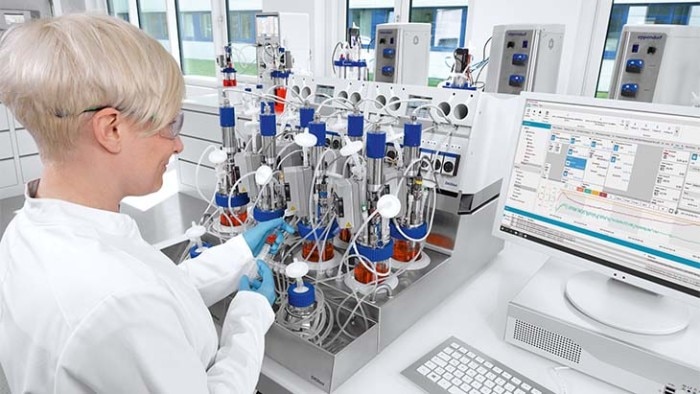
PAT application examples
Here we highlight some application examples, in which the use of PAT and automated process control improved the bioprocess.
Read more
Read less
PAT used for glucose control
Glucose is one of the main nutrients required for cell productivity in bioreactor cultures. When integrated into a bioreactor control system, customized feedback loops can be developed, with the system adjusting the pump feeding rate upon changes detected by the sensor in order to maintain optimal glucose levels.
Read more
Read less
PAT used for monitoring cell density
Cell growth and viability are fundamental parameters in any bioprocess. There are various techniques to measure them. Real-time information on the number of cells or organisms and their viability can be used to implement process control strategies.
Read more
Read less
PAT used for monitoring the product and improving product quality
Formation of the desired end product is a key parameter for bioprocess performance. PAT can help in implementing control strategies to maximize product yield and quality.
Read more
Read less
Eppendorf PAT solutions for improved upstream bioprocessing
Integration of PAT, including third-party technology, into the Eppendorf bioreactor control SCADA softwared DASware® control and BioCommand® allows for effective bioprocess monitoring and control. These bioprocess control softwares
- Support OPC (open platform communication)
- Facilitate the integration of various third-party PAT
- Facilitate the use of Eppendorf PAT, including the DASGIP® GA4 exhaust gas analyzer module


